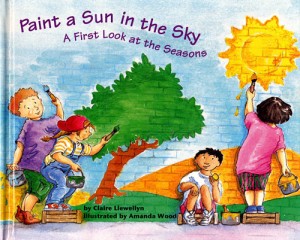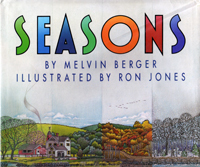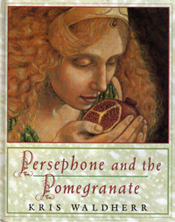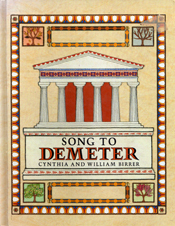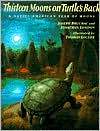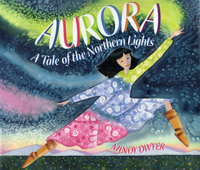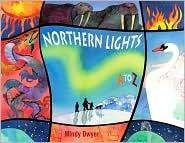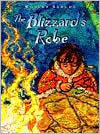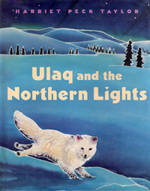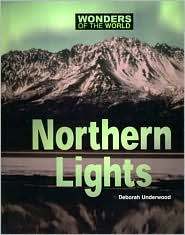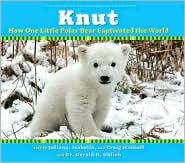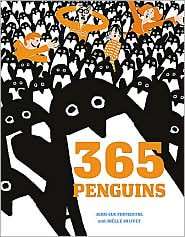The Virtual Bookshelf provides a list of recommended children’s books that reflect the theme of the issue and offers ideas on how to integrate them across the curriculum.
In early times, patterns in nature were explained with stories and myth. From the ancient Greeks to the Native American tribes, stories circulated about the sky and the seasons. Later in history, science shed light on the mythical explanations; today we can confidently look to scientific discoveries for our answers.
For this issue’s topic, Polar Patterns: Day, Night, and Seasons, we have incorporated both science-based books and mythical tales in six sections of the bookshelf: Day and Night Sky, Seasons, Myths about Seasons, Cause and Effect, the Aurora, and, of course, Penguins and Polar Bears.
Day and Night Sky
Use these books to introduce the concept of day and night to younger students or provide activities for students in upper elementary.
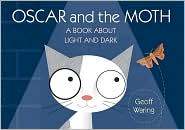 |
Oscar and the Moth: A Book about Light and Dark. Geoff Waring. 2006. Nonfiction picture book. Recommended ages: Grades K-2.Friendly illustrations complement this story about Oscar, a curious cat, who learns about light and dark from a moth. The moth teaches Oscar about the rotating earth, the sun and stars, shadows, and interesting facts about light and dark. The facts are interwoven into the story, which relays the information at the simplest level. The ReadWriteThink lesson Casting Shadows Across Science and Literacy is a perfect complement to this book. |
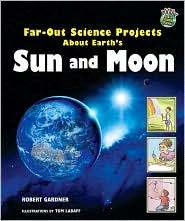 |
Far-out Science Projects about Earth’s Sun and Moon. Robert Gardner. 2008. Nonfiction book. Recommended ages: Grades 3-5.Ten experiments, using simple materials, unlock the secrets of the sun and the moon. After each experiment, the author offers background information and explanations. Several of these activities are similar to those presented in the NSTA unit Astronomy With a Stick. This book could be used at a learning center, or the activities could be adapted for whole-class use. |
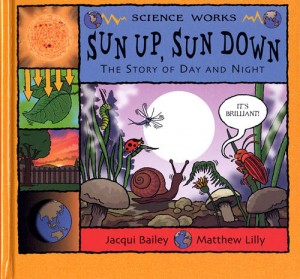 |
Sun Up, Sun Down: The Story of Day and Night. Jacqui Bailey. 2004. Nonfiction book. Recommended ages: Grades 3-5.This visually appealing and conceptually sound book introduces elementary students to the concepts of day and night. The book provides many opportunities to stimulate discussions and perform demonstrations. |
Seasons
Use these titles to introduce the concept of seasons to younger students or provide an opportunity for reading informational text in the older grades. Both books describe the seasons as they appear to a student in the mid-latitudes of the Northern Hemisphere. If you are farther north or south (or in the Southern Hemisphere), the timing of your seasons will not match those described in these books. Locally written books may provide more accurate information for your students.
Myths about Seasons
Upper-elementary students can begin exploring how cultures around the world viewed and explained the seasons. Mythology and pourquoi tales provide interesting ways to explore perceived cause and effect relationships. Students can also write their own pourquoi tales in this ReadWriteThink lesson.
Cause and Effect
Cause and effect is a difficult concept for students to identify in narrative and expository text. Use these titles to introduce cause and effect relationships to younger students. Older students can explore the relationships through pourquoi tales and write their own.
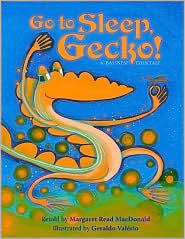 |
Go to Sleep Gecko! Margaret Read MacDonald. 2006. Picture book. Recommended ages: Grades K-2.In this Balinese folktale, Gecko complains to the village chief that the light of the fireflies is keeping him awake all night. This story explores elements of the night and serves as an illustration for cause and effect in nature and life. The bold pictures make this book an easy one to share with a group. |
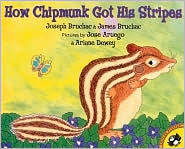 |
How Chipmunk Got His Stripes. Joseph Bruchac and James Bruchac. 2001. Picture book. Recommended ages: Grades K-2.Based on Native American folklore, this tale of night and day is a fun way to illustrate cause and effect. When Bear and Brown Squirrel have an argument about whether Bear can stop the sun from rising, Squirrel ends up with claw marks on his back and becomes Chipmunk, the striped one. |
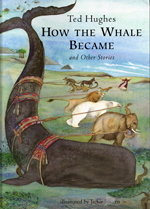 |
How the Whale Became and Other Stories. Ted Hughes. 2000. Short stories/fiction book. Recommended ages: Grades 2-5.First published 25 years ago, this collection of pourquoi tales offers magical stories of what happened to a number of animals, including the polar bear. A lesson from ReadWriteThink gives students an opportunity to read pourquoi tales, then write their own. |
Aurora
The aurora (northern lights in the Arctic, southern lights in Antarctica) is a beautiful yet complex scientific phenomenon. While students in upper elementary may be ready for a basic introduction to the science behind the aurora, younger students can appreciate the colors and many legends from indigenous Arctic people. Older students may also appreciate the descriptive language and colorful illustrations in the recommended picture books. Our article “The Aurora: Inspiration for Art and Poetry Integration” provides activities for use in conjunction with these books. This month’s original feature story, “The Aurora: Fire in the Sky,” takes an imaginative look inside the phenomenon.
Penguins and Polar Bears
Since the name of the project is Beyond Penguins and Polar Bears, we had to highlight two of our favorite books on these polar animals.
This article was written by Angela Grandstaff and Jessica Fries-Gaither. For more information, see the Contributors page. Email Kimberly Lightle, Principal Investigator, with any questions about the content of this site.
Copyright May 2008 – The Ohio State University. This material is based upon work supported by the National Science Foundation under Grant No. 0733024. Any opinions, findings, and conclusions or recommendations expressed in this material are those of the author(s) and do not necessarily reflect the views of the National Science Foundation. This work is licensed under an Attribution-ShareAlike 3.0 Unported Creative Commons license.


